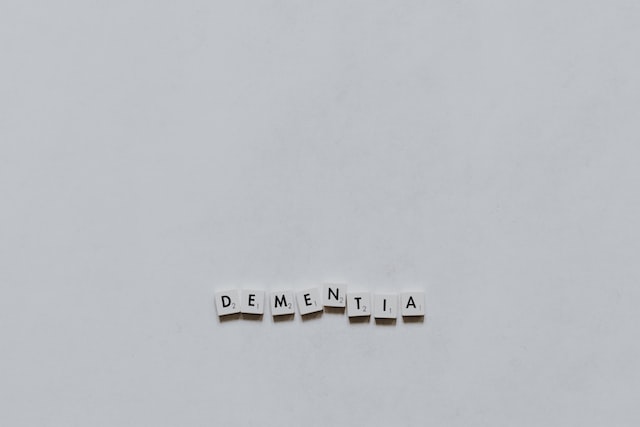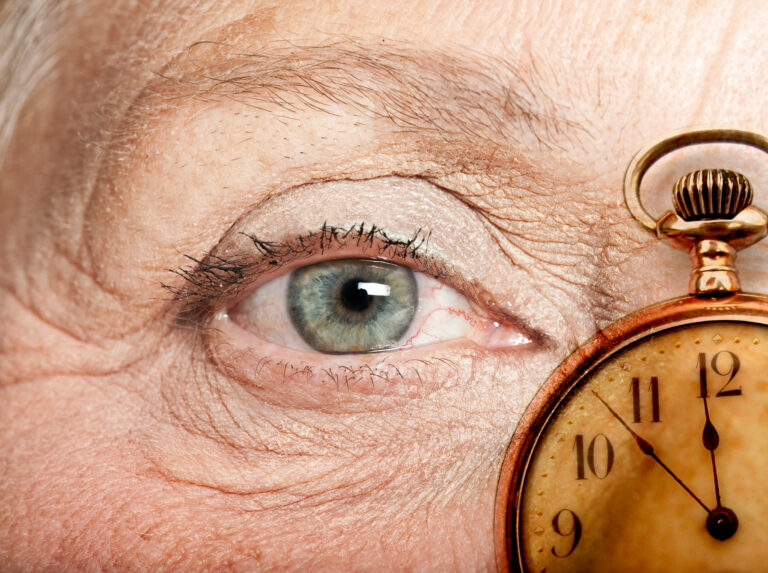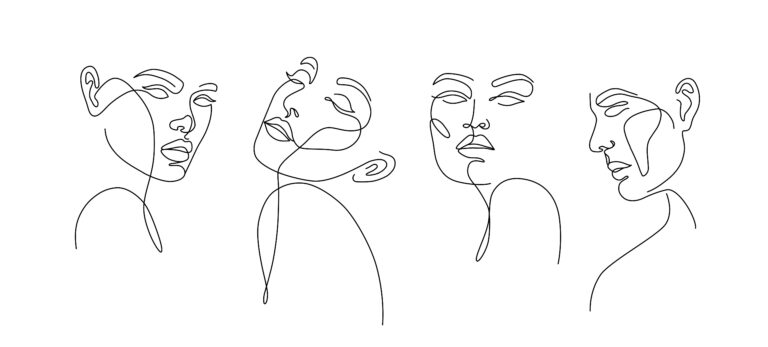Stretching before getting out of bed is a common practice for many people, but is it beneficial or necessary? To answer this question, let’s explore the benefits and potential drawbacks of morning stretching, especially when done immediately after waking up.
## Benefits of Stretching
Stretching is known for its numerous health benefits, including improving flexibility, enhancing blood flow, and aiding in muscle recovery. According to the Mayo Clinic, stretching can significantly improve blood flow to muscles and surrounding tissues, which is beneficial for overall health and recovery[1]. This increased blood flow can help reduce muscle stiffness and prepare the body for physical activity throughout the day.
## Morning Stretching
When it comes to stretching in the morning, especially before getting out of bed, the primary goal is often to loosen up the muscles after a night of rest. This can be particularly helpful for people who experience morning stiffness or have conditions like multiple sclerosis, where stretching can reduce spasticity and improve range of motion[5].
However, it’s essential to consider the type of stretching. Dynamic stretching, which involves moving your joints through a range of motion while keeping your muscles active, is generally recommended before physical activity. Static stretching, which involves holding a stretch for a period, is more commonly used after exercise to aid in recovery[4]. In the morning, gentle dynamic stretches can be beneficial to wake up the muscles without deactivating them, as static stretches might[4].
## Potential Drawbacks
While stretching can be beneficial, there are potential drawbacks to consider. Static stretching before exercise can temporarily reduce muscle strength and power, which might not be ideal if you plan to engage in intense physical activity immediately after waking up[4]. Additionally, if you stretch too aggressively or beyond your body’s limits, it could lead to injury.
## Circadian Rhythms and Exercise
The timing of exercise, including stretching, can influence physiological responses due to circadian rhythms. Research indicates that the body’s hormonal and inflammatory responses to exercise vary throughout the day. For example, eccentric exercise performed in the evening may lead to more pronounced inflammatory and hormonal responses compared to morning sessions[2]. However, this does not directly apply to gentle morning stretching but highlights the importance of considering the timing of more intense physical activities.
## Tips for Morning Stretching
If you decide to stretch before getting out of bed, here are some tips to keep in mind:
1. **Start Gentle**: Begin with gentle movements to avoid straining your muscles.
2. **Focus on Major Muscle Groups**: Stretch your back, hamstrings, and hip flexors, as these are common areas of stiffness.
3. **Use Proper Technique**: Ensure you maintain good posture and avoid bouncing or forcing beyond a comfortable range.
4. **Listen to Your Body**: If you experience pain or discomfort, stop the stretch immediately.
## Conclusion on Morning Stretching
Incorporating gentle stretching into your morning routine can be beneficial for improving flexibility and reducing stiffness. However, it’s crucial to be mindful of the type of stretches you perform and to avoid overstretching. By starting your day with a gentle stretching routine, you can set yourself up for better mobility and comfort throughout the day.
## References
[1] https://goodhandsmassagetherapy.com/unlock-your-bodys-potential-the-benefits-of-stretching/
[2] https://pmc.ncbi.nlm.nih.gov/articles/PMC12483904/
[3] https://pmc.ncbi.nlm.nih.gov/articles/PMC12470728/
[4] https://runnersworldonline.com.au/can-you-stretch-too-much-experts-weigh-in/
[5] https://blackdoctor.org/ms-5-stretches-that-can-transform-your-day/
[6] https://med.nyu.edu/departments-institutes/excellence-health-equity/our-pillars/research/center-healthful-behavior-change/connected2care-project/imatter2-study/physical-activity





